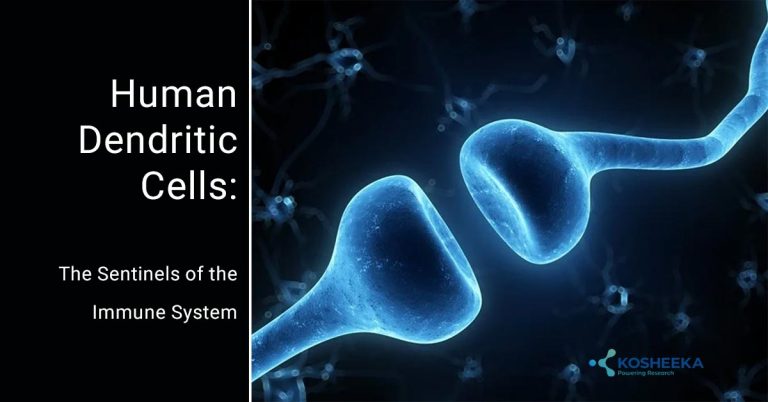The major organs of the respiratory system are lungs, which helps provide the body with a continuous supply of oxygen. The main role of lungs is to bring in air from the atmosphere and pass oxygen into the bloodstream. From there, it circulates to the rest of the body.
Fibroblasts are the most abundant cell type in lung interstitium. They do resemble ordinary fibroblasts but have certain distinguishing features, such as long branching processes and gap junctions. The main function of HPF (Human Pulmonary Fibroblasts) is to produce type III collagen, elastin, and proteoglycans in the extracellular matrix of the alveolar septa. Pulmonary fibroblasts (PF) are responsible to carry out the repair and remodelling processes following an injury. There is a controlled accumulation of the fibroblasts to the sites of inflammation which is crucial for effective tissue repair after injury. Abnormal tissue function occurs when there is an inadequate or an excessive accumulation of fibroblasts. For instance, the excess proliferation of fibroblasts contributes to the adventitial thickening observed during the development of hypoxia-induced pulmonary hypertension.
Lung fibroblasts play an important role in airway inflammation and airway remodelling. In pharmaceutical development they can be a target for asthma medications. Fibroblasts are the most abundant cell type in lung interstitium. Pulmonary fibroblasts do resemble ordinary fibroblasts but have some distinguishing features, for example, they have long branching processes and gap junctions. Their main function is production of type III collagen, elastin, and proteoglycans of the extracellular matrix of the alveolar septa.
The most abundant cells in the pulmonary interstitium are Human Lung Fibroblasts (HLFs). These mesenchymal cells produce the extracellular matrix (ECM) giving the lungs its structural integrity, and are best known for their critical role in wound healing. In normal wound healing, fibroblasts, often under the direction of the master profibrotic cytokine transforming growth factor β (TGF-β), differentiate into contractile myofibroblasts that are characterized by the presence of cytoplasmic stress fibres and a focal adhesion complex, the expression of α-smooth muscle actin (α- SMA) and calponin, and enhanced synthesis of ECM proteins such as collagen and fibronectin.
Extracellular matrix (ECM) consists of a highly dynamic complex of fibrous proteins, glycoproteins, and proteoglycans that composes the noncellular aspect of tissues and varies in composition according to its tissue localization and physiological circumstances. While providing structural integrity, ECM also delivers important spatial and contextual cues to drive cellular phenotypes. The ECM in the lungs is typically divided into two basic compartments: basement membranes and the interstitial spaces. The thin and specialized layers of ECM found under all epithelial and endothelial cell layers are called basement membranes, whereas interstitial spaces form the parenchyma of the lung. Within the lung interstitium, are the resident fibroblasts which are the most commonly identified cells and are mainly responsible for ECM production; they also function as an effector cells during injury repair.
Primary Lung Fibroblast, normal, Human Lung Fibroblast (HLF) is a cell line that is ideal culture model for potential diagnostic methods for the early detection of lung cancer cells, reconstruction studies, and advancement of cancer research. Primary lung fibroblasts are an essential tool for the profiling of normal human lung fibroblasts and serve as a model system for the study of lung disorders and infections, lung reconstruction studies, and advancement of cancer research.








